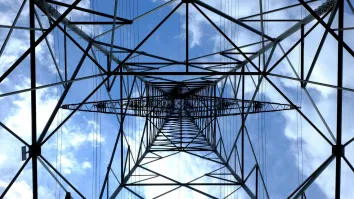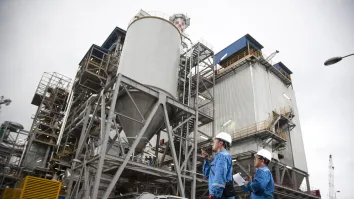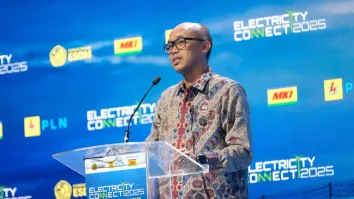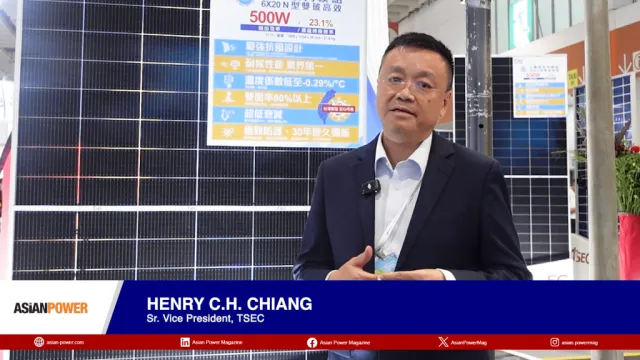
China's added energy power capacity hit over 1100 GW in last 20 years
But this rate is likely to slow down.
It has been observed that China is by far the world’s largest power market with an installed capacity of 1250GW by the end of 2013, and its growth in installed capacity has been rapid and has grown in sync with economic growth over the last two decades.
According to a research note from Barclays, China added over 1100GW of capacity in the last two decades, averaging 50GW of addition every year (80-90GW per year in the last ten years), which is equal to building Australia’s entire installed capacity every year.
While the country still has plans to continue adding between 75-100GW per year for the next 5-10 years, the growth rate is likely to slow due to a high base.
Barclays believes overall capacity growth in China could stay moderately strong for another 5-10 years, but that a slowdown in coal power capacity addition is inevitable, and that the process is already on-going.
It said that this is reflected in the c40% share of coal power in total capacity addition in 2013, down from over 70% between 2001 and 2012.
Here’s more from Barclays:
Power generation: Coal fired power generation has been a dominant source of power globally ever since the power usage became commercialised. The significance of coal power was even more pronounced at the early stages of economic growth of large countries in the 20th Century. However, transitional characteristics of the power market across the world have been unfavourable to thermal power at the later stage of economic growth.
At the initial stage of economic growth (especially for industrialised economies), coal power is mostly at the centre of government planning, followed by a plateau during the growth saturation phase and then a decline in the growth moderation phase.
The China economy is also transitioning towards a growth moderation phase (according to our economists regularly published views), which we believe will likely see a deceleration in growth of coal power, while other modes of renewable power should see rapid growth.
This is reflected in the broad policy intent of the Chinese government and has also been reflected in power generation. The proportion of thermal power in the overall generation mix has fallen from about 85% to 80% in the past decade, and we expect it will come down further to 75% by the end of this decade.
While the proportion of thermal power to overall is expected to decline, this by no means implies that absolute generation will decline. In fact, we expect thermal power generation to continue growing, albeit at a rate slower than overall generation growth.
Power consumption: The story and pattern of power consumption in China differs from other large world economies. We expect the per capita consumption in China to surpass 4000 kWh/annum by the end of 2014 and 5000 kWh/annum by the end of this decade.
While this is likely to be significantly below the average per capita consumption level of developed economies, industrial per capita consumption in China has already surpassed some developed economies, but residential per capita consumption lags significantly compared to developed or even a few developing countries.
The Bloomberg consensus is that overall power consumption in China will continue to grow but the magnitude of growth has a large spread. Most estimates point to Chinese power consumption saturating at current levels and failing to reach to the levels of developed countries. Our view in that context is slightly different.
We believe overall power consumption should continue to grow in China, although the drivers of that growth will change. Industrial consumption has been at the forefront of power consumption growth over the last 2-3 decades, which we believe will see slowest growth in next 10-15 years, while growth in commercial and residential consumption should accelerate.
As part of our investor trips to China for the past three years, we have seen participants in the upstream and downstream value chain in the material and energy space as positioning themselves for changing growth dynamics from urban China to rural China. This shift in strategy has taken its cue from the government’s policy intent to increase the penetration of economic growth from coastal China to central and western China.
The proposed shift is unlikely to be an event unfolding in a few quarters but instead is likely to emerge in the next 2-3 decades. While base load consumption already created by the industrial segment, commercial and residential segments are likely to drive the future growth in power consumption.
The pattern of industrial consumption in China has been similar to developed economies, while the difference lies in residential consumption that has grown at a faster pace in developed economies compared to growth rates in China over the last two decades.



















 Advertise
Advertise







